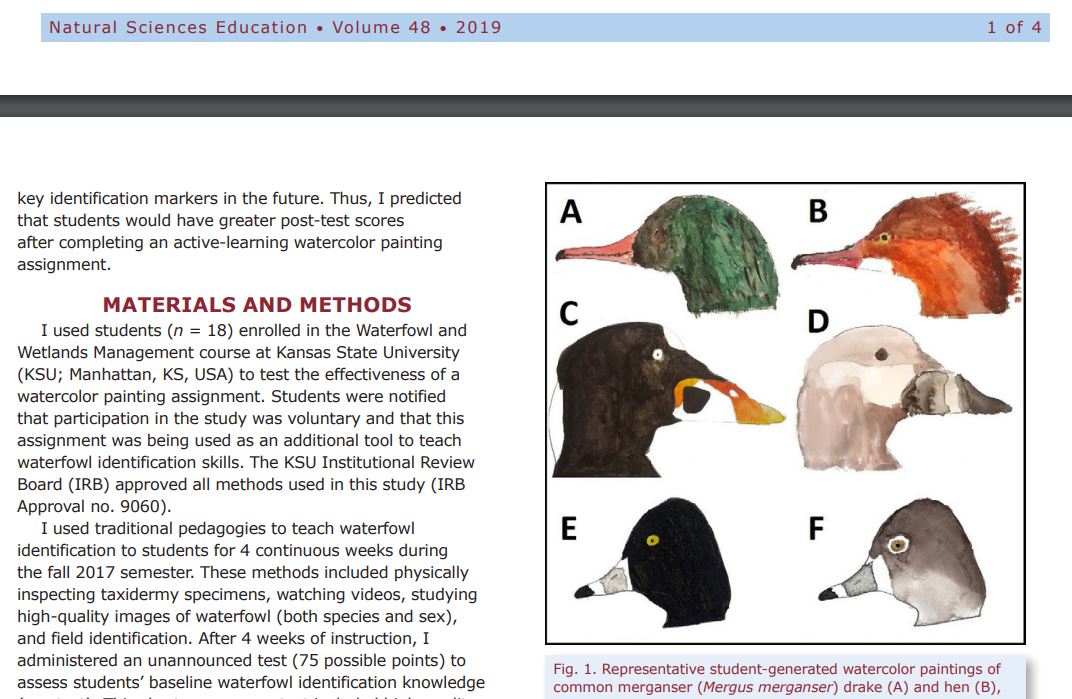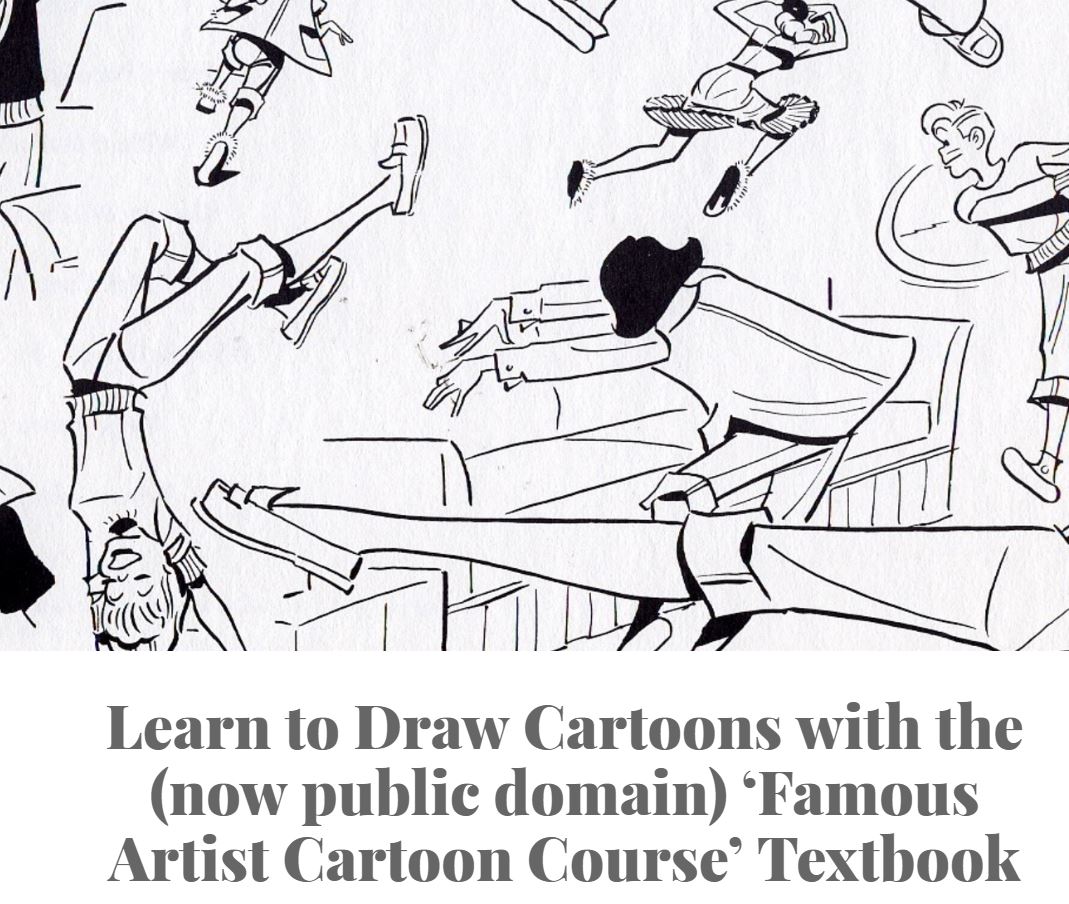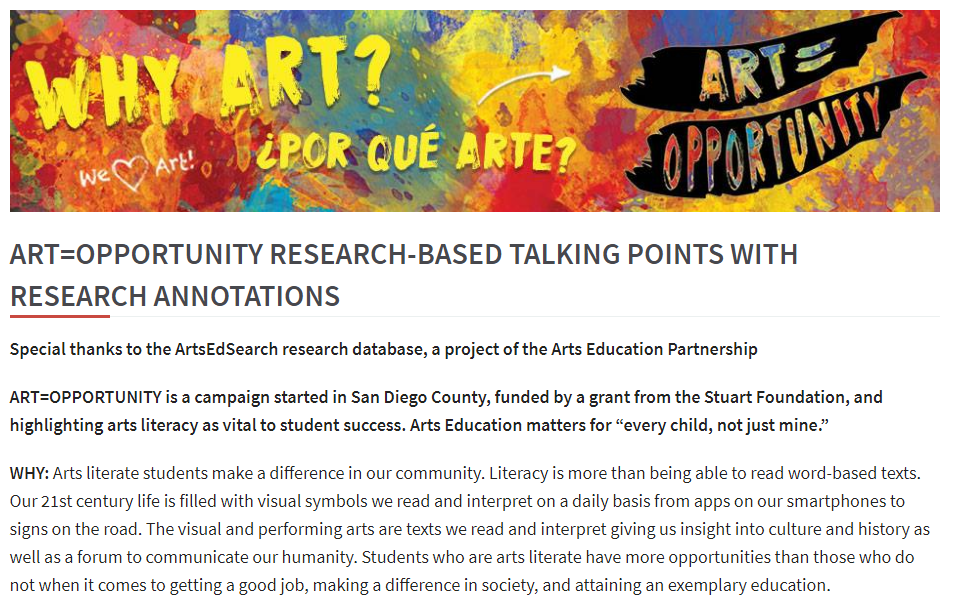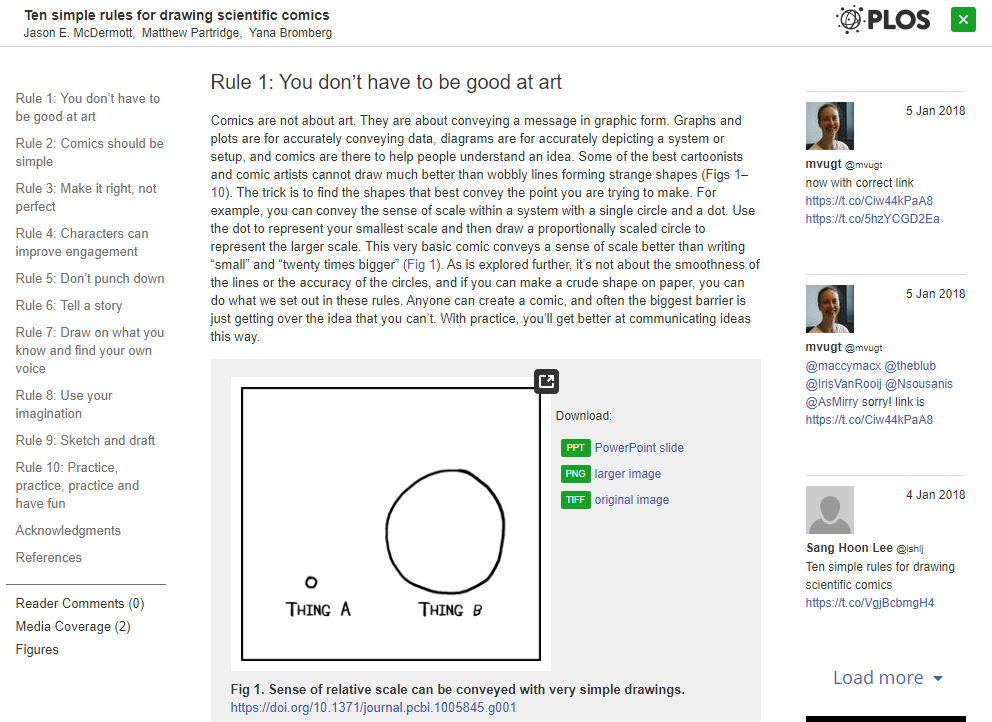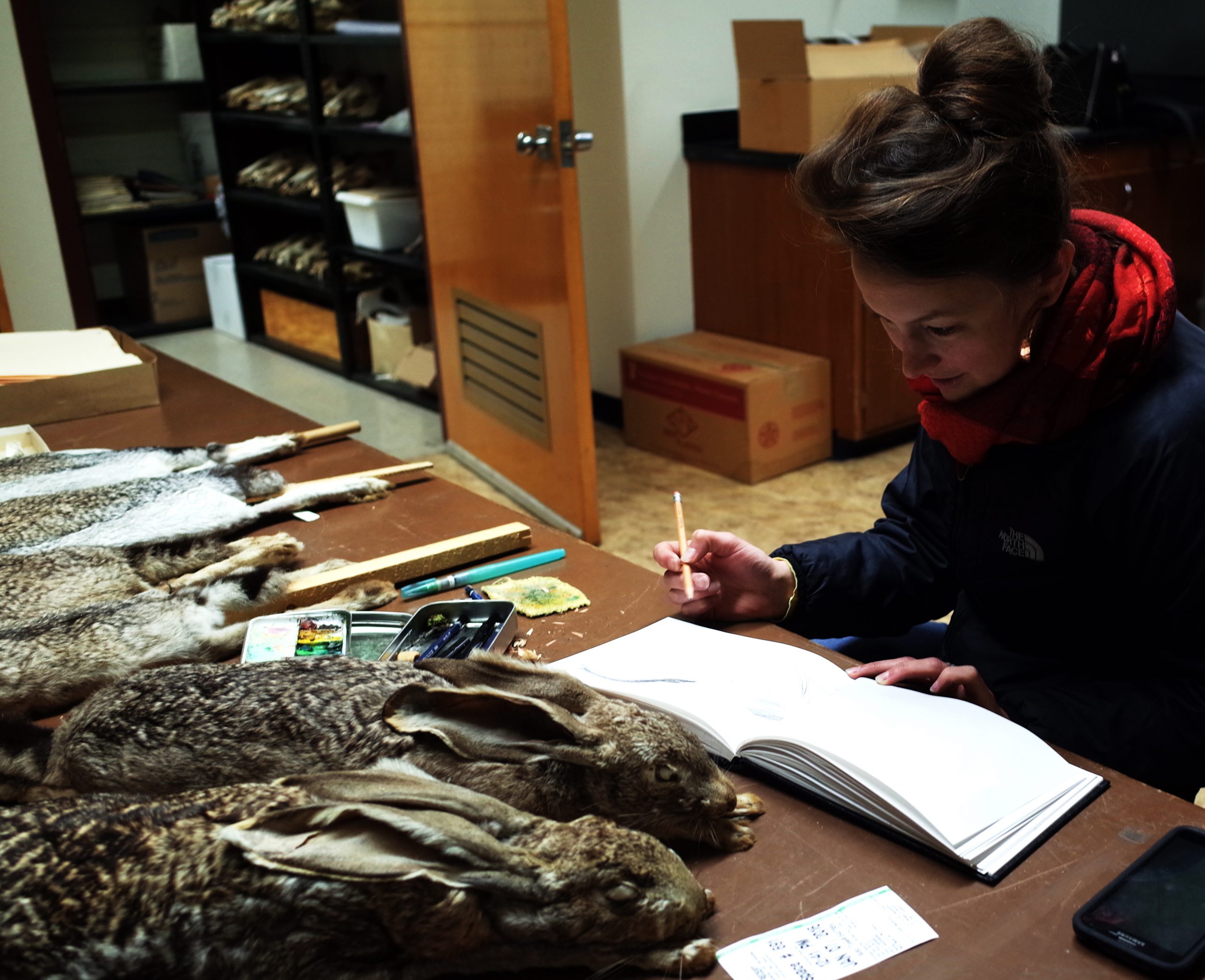Resource of the Week: Crafting social ties
Carolyn Trietsch writes in Science about the significant role that regular craft-making has assumed in her entomology department at Pennsylvania State University-University Park. The article points to valuable benefits including transdisciplinary collaborations and networking across labs, art-based science communication and outreach, and entomological collections curation.
